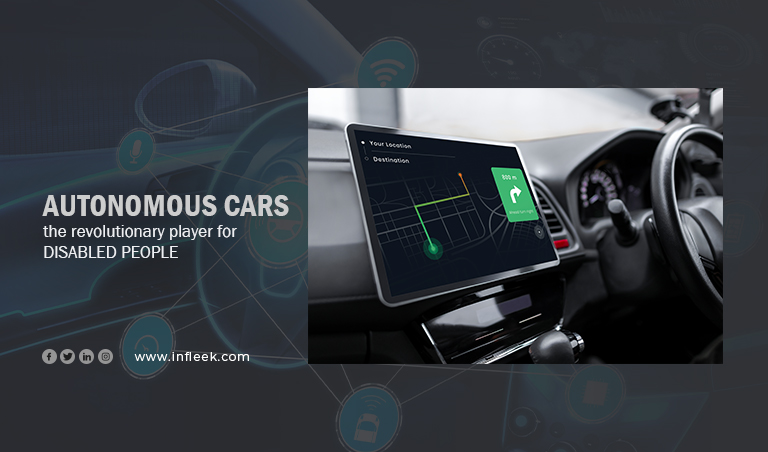Yes, Autonomous cars could revolutionise conveyance for challenged people – if we remake the way we design. The action towards driverless cars isn’t only a possibility for people to alleviate at the wheel. It’s a chance to revolutionise personal conveyance in a means that proposes life-changing advantages to people with disabilities. But for this to transpire, we require the car business to perpetrate better inclusive design techniques that precisely now are widely nonexistent and withstand the challenges of modelling new kinds to interact with self-sufficient vehicles. The solution could implicate manufacturers bringing enthusiasm from various tracts of commodity design to get the equilibrium right between style and real-world user-friendliness.
What is an Inclusive design?
The phrase “inclusive design” is used to explain the reflection of the needs and capacities of a distinct range of people in the design procedure. The car industry has conventionally concentrated on designing for people with driving licences – who by meaning tend to be the further able-bodied category of the population. However, people with disabilities make up a substantial contingent – 22% of people in the UK (13.9 million) as of 2016-17. Several of these populations may be incapable to drive today’s cars, whether due to problems such as sight casualty, crucial physical damages or cognitive issues.
Autonomous cars will empower a chance for an extensive design overhaul
Performing spotlights that compel considerable endeavours, such as folding car seats or tailgates, can be impossible so they must be formulated to function with an adequate degree of force utilizing handles and huge contact surfaces. Seat belts also attend complications as they can be hard to reach and plop. Restraint systems require a new look and a redesign employing inclusive design principles to confirm they can be effortlessly used by all in the population. And for the ones who are wheelchair stoners, a modest, easy-to-use restraint system is also expected. That’s inferring there’s a well-designed slope, lowered floor and adequate space for the wheelchair user to primarily enter the vehicle.
Encompassing inclusive design
It’s not impossible to design vulnerable cars if the desires and capacities of a distinct population are deemed early in the design method. A few car designers have embraced this ideology, for example, Ford wields a “third age suit” that reproduces the exclusive mobility, vision and sense of touch that numerous older people experience. This enables the firm’s designers and makers to get those crucial details right, such as their 360-degree door handles that permit the door to be effortlessly opened from the outside utilizing the whole arm and hand, instead of pull-up handles that need the fingers and wrist to regulate them.
Furthermore, companies in different sectors have already originated kinds to formulate accessible interfaces. The car business has a preference to make: business-grade travel for a preferred few, or completely available conveyance for the broader population, delivering prestige and an enhanced disposition of vitality to those who confront crucial challenges every day.

